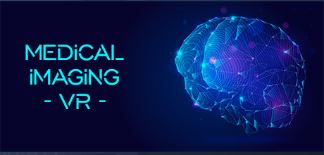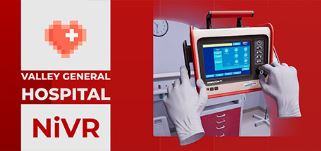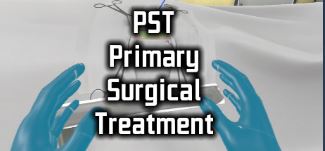MedicalImagingVR
Medical Imaging VR (Virtual Reality) is a technology that uses VR headsets to create immersive 3D representations of medical images, such as CT scans, MRI scans, and X-rays. This allows doctors and other healthcare professionals to visualize and interact with patient anatomy in a way that is not possible with traditional 2D imaging methods.
Medical Imaging VR example
Medical Imaging VR has a number of potential benefits, including:
- Improved diagnosis: VR can help doctors to better visualize and understand complex medical images, which can lead to more accurate diagnoses.
- Enhanced surgical planning: VR can be used to create detailed 3D models of patients’ anatomy, which can help surgeons to plan complex procedures more accurately and effectively.
- Reduced radiation exposure: VR can be used to simulate medical imaging procedures, which can reduce the need for patients to undergo multiple scans.
- Improved patient education: VR can be used to educate patients about their condition and treatment plan, which can help to improve their understanding and compliance.
Medical Imaging VR is a relatively new technology, but it has the potential to revolutionize the way that medical imaging is performed and used.
Here are some examples of how Medical Imaging VR is being used today:
- In neurosurgery, VR is being used to plan and perform complex brain surgeries. For example, VR can be used to create a 3D model of a patient’s brain tumor, which can help the surgeon to visualize the tumor and surrounding structures in more detail. This can help to improve the accuracy and safety of the surgery.
- In cardiology, VR is being used to plan and perform heart procedures. For example, VR can be used to create a 3D model of a patient’s heart and coronary arteries, which can help the doctor to visualize the blockage and plan the best course of treatment.
- In cancer treatment, VR is being used to help patients visualize and understand their treatment plan. This can help to reduce anxiety and improve compliance with the treatment plan.
- In medical education, VR is being used to teach students about human anatomy and physiology. VR can be used to create realistic 3D models of the human body, which can help students to learn about different organ systems and how they work together.
Medical Imaging VR is a rapidly developing field with the potential to improve the quality and efficiency of medical care.



